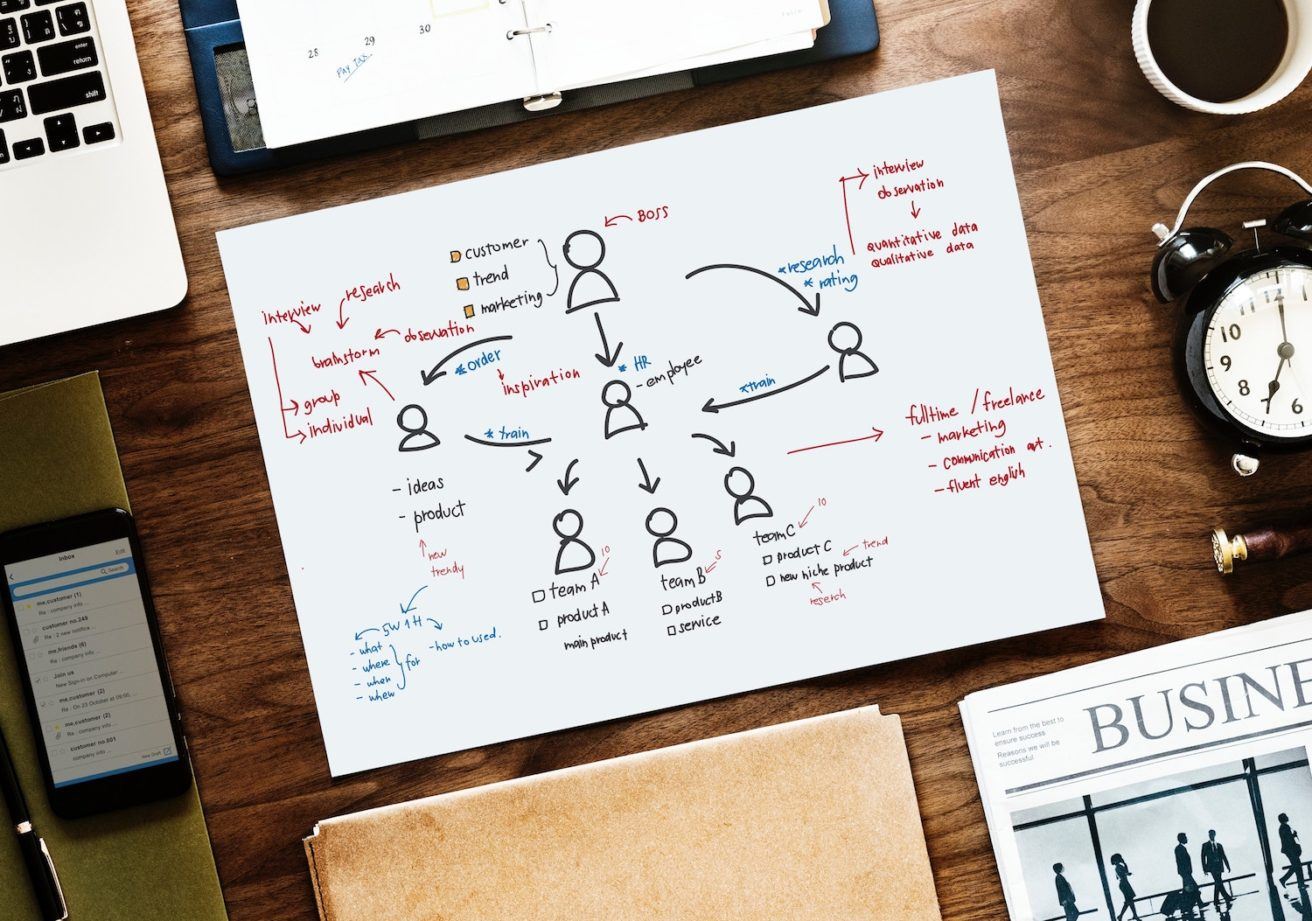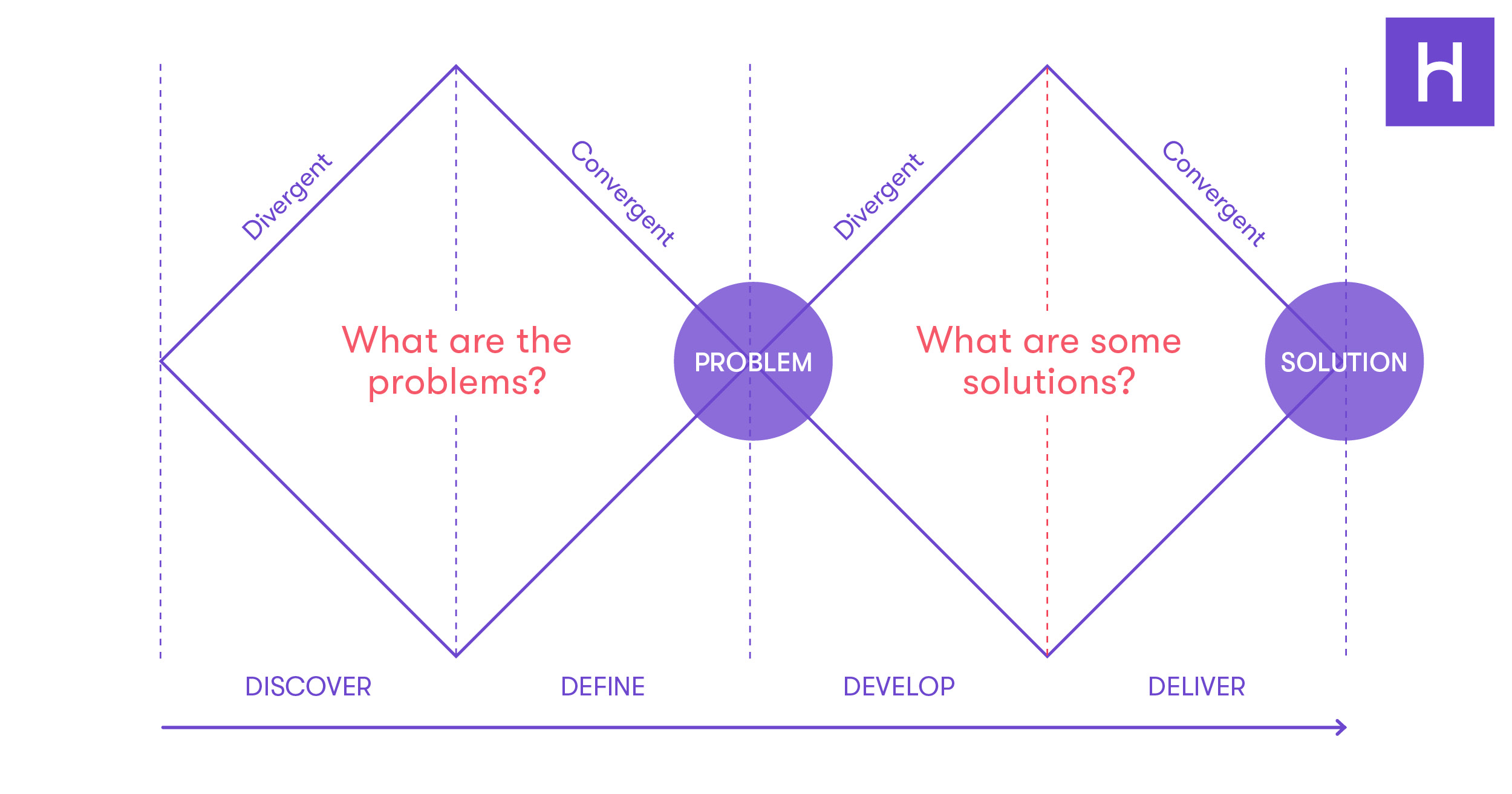
What is digital facilitation?
Digital facilitation is the use of digital platforms and technologies to enable large groups of people to work together towards a common goal.
It is most commonly used by change consultants, facilitators, organizational development practitioners, and learning professionals as a way to collaborate on change initiatives and learning programs.
The three types of digital facilitation
Digital facilitation can be broken down into three formats: virtual facilitation, asynchronous facilitation, and face-to-face facilitation.
What is virtual facilitation?
Virtual facilitation is when a group of people collaborate remotely in real time. Meetings held using tools such as Skype or Google Hangouts are common examples of virtual facilitation in practice.
In short, virtual facilitation is collaboration at the same time but in a different place.
What is asynchronous facilitation?
Asynchronous facilitation is when a group of people collaborate remotely at different times. This is perhaps the most common way we communicate today with tools like email enabling us to interact remotely when it suits us. Although we have the option to respond immediately, we don’t necessarily need to, and that’s what asynchronous facilitation is all about.
In short, asynchronous facilitation is collaboration at a different time and at a different place.
What is face-to-face facilitation?
Face-to-face facilitation is when a group of people collaborate together in the same space. The majority of our meetings take place using this method but digital platforms can be used to facilitate the process rather than relying on more traditional tools like flip charts and sticky notes.
In short, face-to-face facilitation is collaboration at the same time in the same place.
Read more about the differences between digital, virtual, and face-to-face facilitation.
What are the benefits of digital facilitation?
To understand the benefits of digital facilitation we need to look at some of the challenges and limitations of the traditional model.
Firstly, people like to collaborate and learn in different ways. To truly involve all individuals within a large and diverse group there needs to be multiple ways to enable participation. In a workshop setting, participants who are more introverted may have some fantastic ideas but could hesitate speaking up and sharing their thoughts compared to if they had the opportunity to write them down. So building digital facilitation into your processes will help involve all members of the group.
Secondly, learning never stops. Discussion shouldn’t be limited to a defined time and place, for example a workshop or meeting, but rather precede beforehand and continue afterwards. With digital facilitation you can extend the learning process to supplement virtual and face-to-face facilitation with asynchronous facilitation.
Thirdly, documenting, sharing and following up on face-to-face workshops and meetings consumes a substantial amount of time for consultants and facilitators. With digital facilitation there is no need to spend time on converting notes from flip charts and sticky notes into a consolidated set of documentation, but rather it can be done simultaneously during the workshop itself.
And fourthly, traditionally participants only had the possibility to take part either virtually or face-to-face, which limited how many people could collaborate on a change initiative or learning program. But with digital facilitation there are no limits when it comes to scaling up processes to involve large groups of people from wherever they happen to be.
How can I get started with digital facilitation?
The easiest way is with Howspace, a digital facilitation platform built especially for consultants, facilitators, organizational development practitioners, and learning professionals.
With a host of features to digitalize your processes, a simple drag & drop editor, and one-click access on any device, Howspace will help you deliver bigger projects whilst involving all participants no matter where they’re located.
Howspace is free to try and you can set up your very own workspace today.
Would you like to explore digital facilitation in more depth? And understand how to implement different facilitation methods, such as the Double Diamond strategy, digitally? Download our Digital Facilitation Playbook today.
